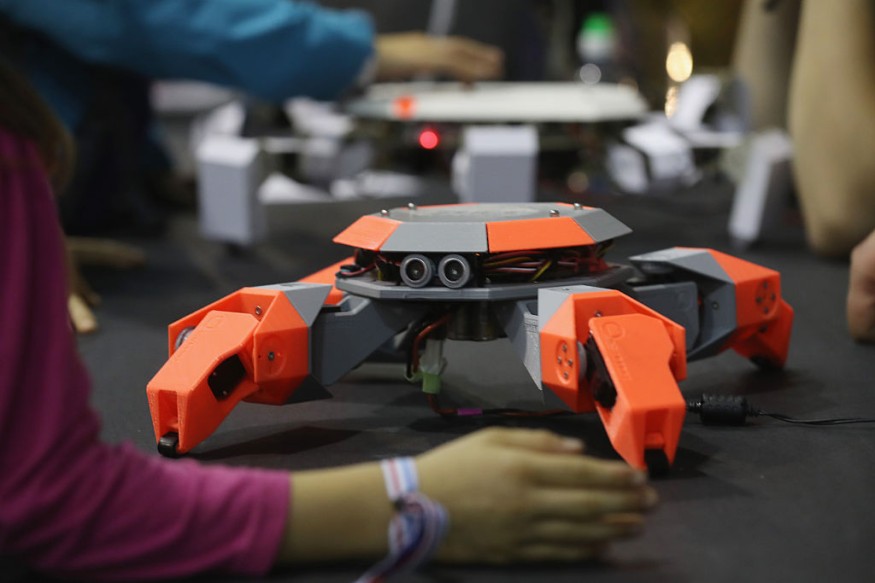
It takes a lot of creativity to truly explore and better understand the life underwater. For years, undersea environments have been observed through increasingly advanced technologies specifically developed to make marine exploration possible.
Robotists at Brown University and Universidad Nacional Autonoma de Mexico invented a shrimp-like robot named RoboKrill, from the species of crustaceans called krill (Euphausia superba).
The crustacean robot artificially replicates the swimming kinematics of krill, a tiny crustacean found in all the world's oceans. The robot is to aid exploration and monitoring projects in marine environments, according to TechXplore.
Why Krill? 'Baseline' between intermediate and big systems
"Before this project, I was conducting different studies aimed at understanding the role of plankton aggregations in the ocean," said Monica M. Wilhelmus, one of the researchers who carried out the study. "For this purpose, I carried out an experiment where I controlled the behavior of organisms using light signals. After that, I thought a good idea would be to, instead of externally controlling the behavior of the organisms, to use a robotic system that has the same signature, the dynamic signature, as swimming live creatures."
Although Wilhelmus only initially planned on briefly exploring the development of robotic system, she soon realized that the idea offers a lot of potential, "addressing an existing gap in the literature."
The researcher believes that the tiny swimming robot, introduced in a paper pre-published on arXiv, opens a vast opportunity to complete tasks difficult to tackle with big systems and helps them study and explore hard to reach parts of the ocean.
Sara Oliveira Pedro Dos Santos who worked on Monica's team told BBC that they chose the Euphausia superba krill for the following reason: "We are also interested in this species because they are very good at maneuvering underwater, accelerating, braking, and turning, and they can inspire future generations of robots to have high maneuverability and swim efficiently."
Also read : Why Do Cats Love Boxes and Tight Places?
A swarm of Krills
The team plans to develop and deploy a swarm of artificial swimmers in real marine environments to gather specific research data in a real setting. Currently, RoboKrill can't swim on its own but the team hopes it will soon help them test different parameters further, improve their design including reducing its size within the centimeter-scale, and improve its swimming capabilities.
This meets their ultimate goal which is to engineer a small system that they can use to sense or intervene in different compact environments, among others.
Although size has been a challenge in building the robot, they also wanted to create something more to scale "which proved to be very challenging due to difficulty in having very small hinges and controlling them, so our robot is 10 times the size of krill," Sara explained.
Despite being about the size of a paperclip, krill are very efficient swimmers and can perform tasks that need high maneuverability, which is a relevant idea to import into robotics. "These high maneuverability robots could help us explore fragile environments, as well as shipwrecks and caves," Sara noted.
© 2025 NatureWorldNews.com All rights reserved. Do not reproduce without permission.





